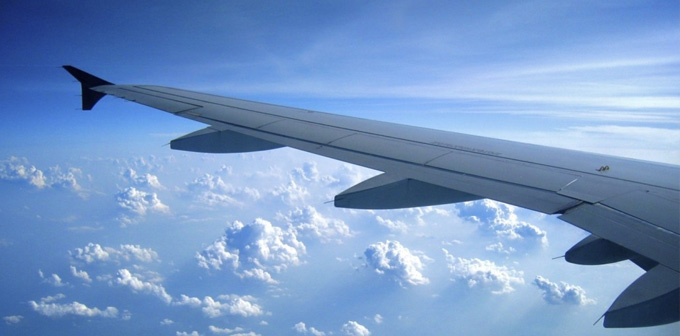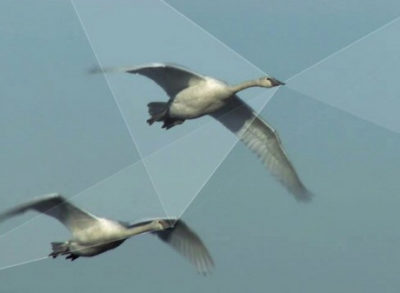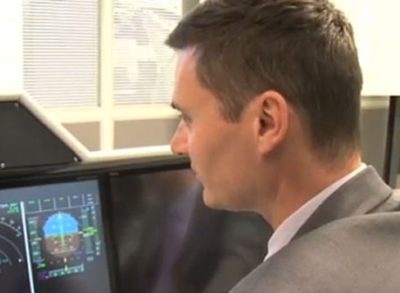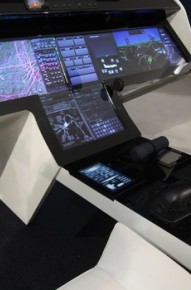Electrical solutions for Clean Sky
To get a better understanding of Thales’s contribution to Clean Sky, Onboard investigated the Systems for Green Operations ITD (Integrated Technology Demonstrator). We took a closer look at the work of Thales Avionics Electrical Systems, which provides electrical generation and power conversion - with recent successes including the Airbus A380, A350 and the Boeing 787.

What specific solutions are being researched and developed to help Clean Sky prepare for a greener future?
Research and development has always been a priority for Thales Avionics Electrical Systems, making its involvement in Clean Sky a logical step in preparation for the future. Thales’s portion of this project has an average of 20 researchers (including R&T and management) developing electrical solutions to help Clean Sky reduce CO2emissions, NOx gases and aircraft noise. Thales is also responsible for verifying the feasibility of these solutions and for ensuring their system compatibility by means of both ground and flight tests.
Thales is helping air framers by developing electrical systems to replace the mechanical, hydraulic or pneumatic systems currently used. Electrical systems provide more power efficiency, thereby reducing the fuel burnt and in turn NOx and CO2 emissions. In recent years, a number of onboard systems have become electrical, including flight control systems, wing and ice protection, as well as braking.
“One of our main tasks is to identify technologies that contribute to weight reduction, greater reliability and technology maturity,” said Pascal Beaulieu, Clean Sky programme manager for Thales. “For a given piece of equipment, this can be achieved in two ways: either by reducing the weight of individual components or by changing the way components are organised inside the equipment.” Beaulieu cited an exemplary project involving the power conversion stage in power electronics. Thales has managed to increase the power/weight ratio from 2kW/kg ten years ago to 4kW/kg today. In the near future, this figure should be further improved to 8kW/kg – a four-fold improvement in just a decade.
The team is not only concerned with weight, but also focuses on aspects such as the shape and design of onboard equipment. The noise resulting from air cooling on aircraft, for example, is caused by the flow of air across fan blades. “We’re working on reshaping the blades to significantly reduce noise pollution,” Beaulieu said.
The next important Clean Sky milestone for Thales will come in early 2011, when it is set to deliver a high-performance main starter generator for Airbus. This is an example of how Clean Sky will have contributed to more efficient solutions in the market. It’s another step towards a greener future for Clean Sky and for the European aeronautics industry as a whole.
Thales is leading the Systems for Green Operations ITD, along with Liebherr. Equipped with a budget of more than €300 million, the project aims to address trajectory and mission management systems, as well as to develop innovative onboard electrical systems.




